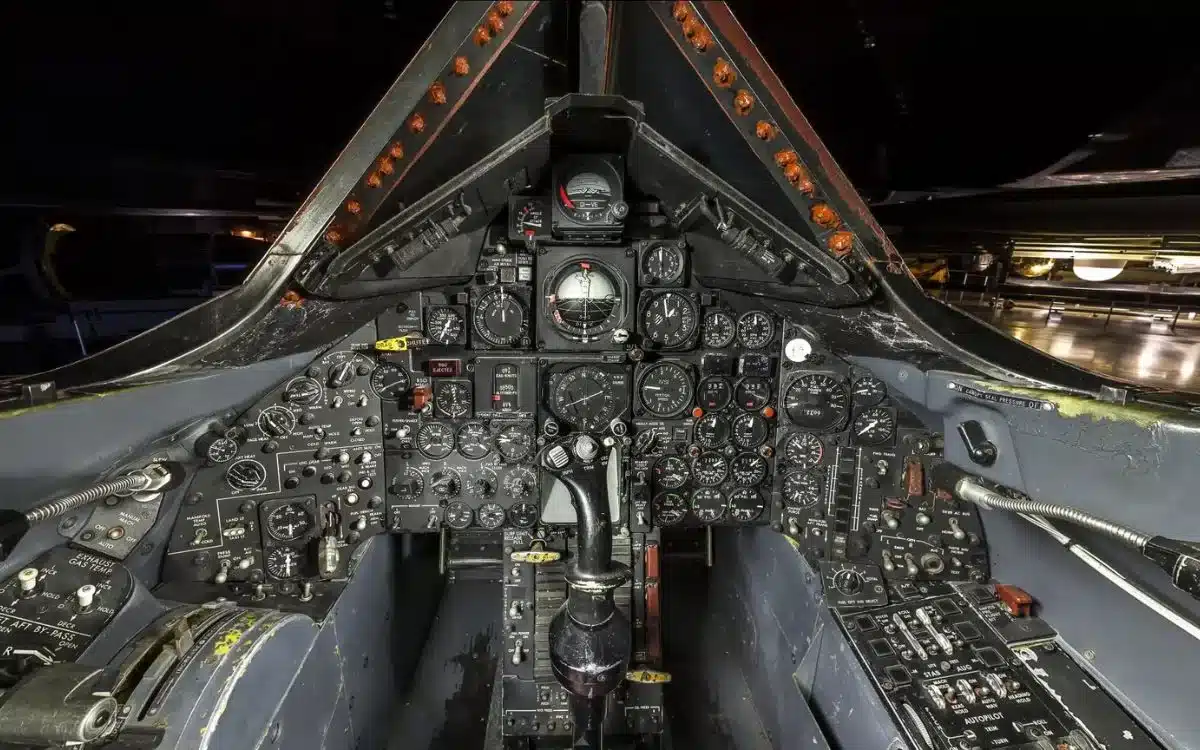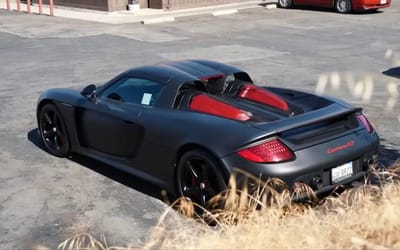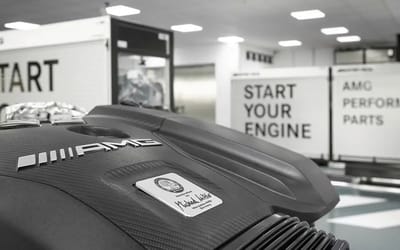No one can believe SR-71 Blackbird’s tiny cockpit given its supersonic speed
- This footage of the SR-71B Blackbird’s cramped cockpit might surprise you
- A former SR-71 instructor, Jerry Glesser, takes us on a detailed POV tour
- He reveals other tidbits about the training process, including how many hours pilots spend in the simulator
Published on Apr 17, 2024 at 5:26 PM (UTC+4)
by Amelia Jean Hershman-Jones
Last updated on Apr 17, 2024 at 7:25 PM (UTC+4)
Edited by
Tom Wood
While we’ve previously admired the SR-71 Blackbird aircraft from afar, this footage of its cramped cockpit might surprise you.
Former SR-71 instructor, Jerry Glesser, takes us on a detailed POV tour of the SR-71B Blackbird cockpit.
The SR-71 Blackbird he’s taking us around sits in the world-class, Smithsonian-affiliated aerospace and science museum, Air Zoo in Kalamazoo, Michigan, US.
READ MORE! Top Gun: Maverick’s Darkstar – how Lockheed Martin built prototype Mach 10 jet
The SR-71 was a 1958 design first flown in 1963 with the SR-71B flown in 1964.
He begins by informing us that the instructor sits in the back seat – the location the tour is focussed on – while the student sits in the front.
The Air Zoo tour covers instruments and controls beginning with the standby inertial navigation system.
It’s used as a backup means of navigation in case the astrotracker is lost.
He also covers the two throttles, which give information on starting the engines and light the afterburners.
Next up are aft bypass switches, to manually control doors, exhaust scan temperature for minor maintenance, and communication switches for internal and external conversation.
Moving onto the bay temperature gauge for the fuel-cooled aircraft, landing gear indicators used by the person in the front, and liquid oxygen systems used to convert to a gas for breathing.
Then the spike indicators, compressor inlet pressure and temperature gauges, and the triple display indicator.
He also touches on the attitude and horizontal situation indicators, range to tanker indicators, autopilot system, DAFIX program, cabin pressure controls, and the astrotracker system itself.
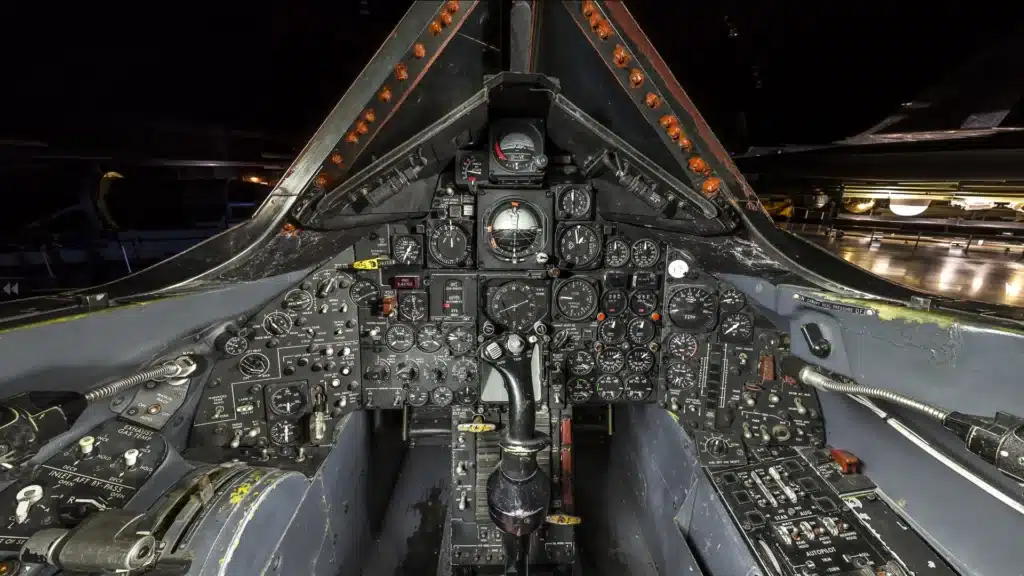
Other features covered include things you’d rather not see as a pilot or instructor, including the alert and bailout lights – highlighting the sheer intensity of the flying experience.
It was the fastest plane ever when it came into service in 1974.
Check out the SR-71 Blackbird setting four new speed records on the day before its retirement here.
However, that’s nothing when you consider the secret fastest-ever plane SR-72 ‘Son of Blackbird’ would fly at twice its speed, reaching speeds over Mach 6 (more than 6,400 km/h).
The SR-72 could enter service in the 2030s.
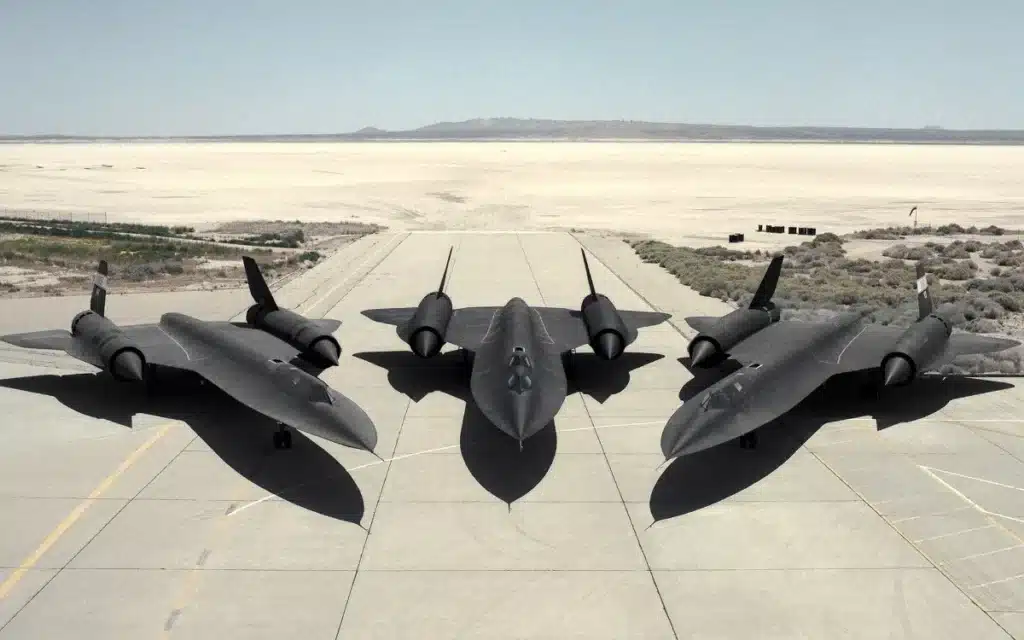
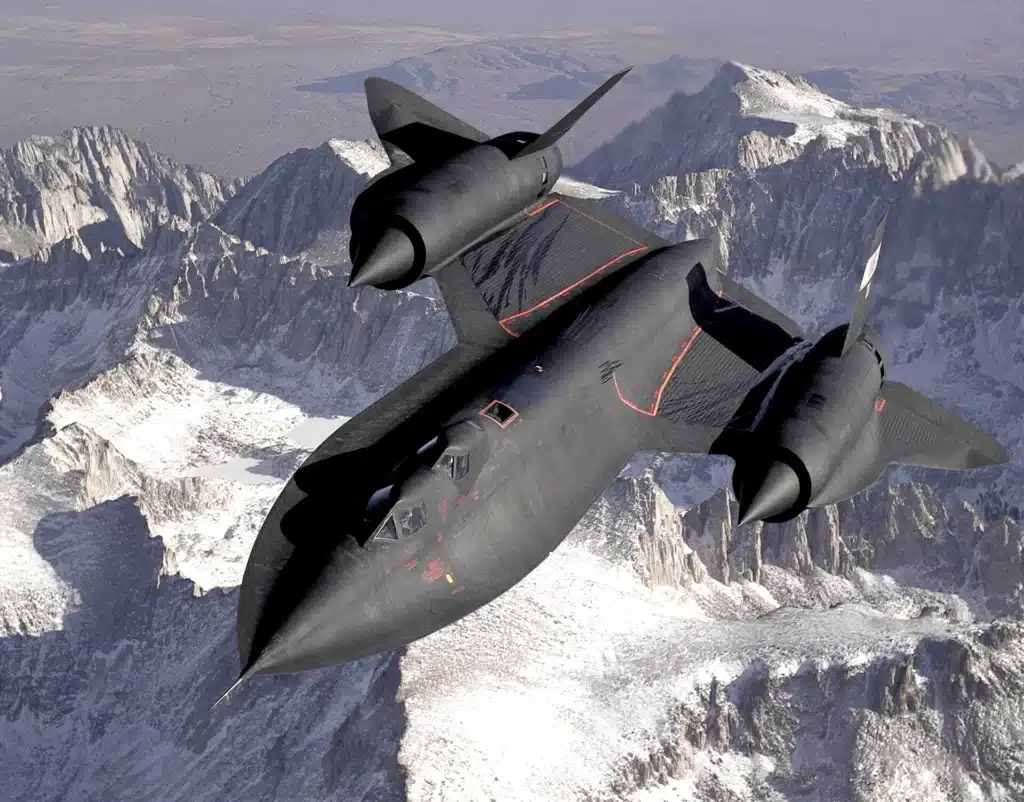
Glesser emphasizes the intensity and complexity of the back seat, where instructors manage navigation, communication, and training tasks.
With the masses of information given, he stresses the importance of meticulous knowledge and training due to the high-stakes nature of operating the SR-71.
Despite the cramped conditions, he assures us that SR-71B is an effective training platform but you only get ‘five rides in the trainer’.
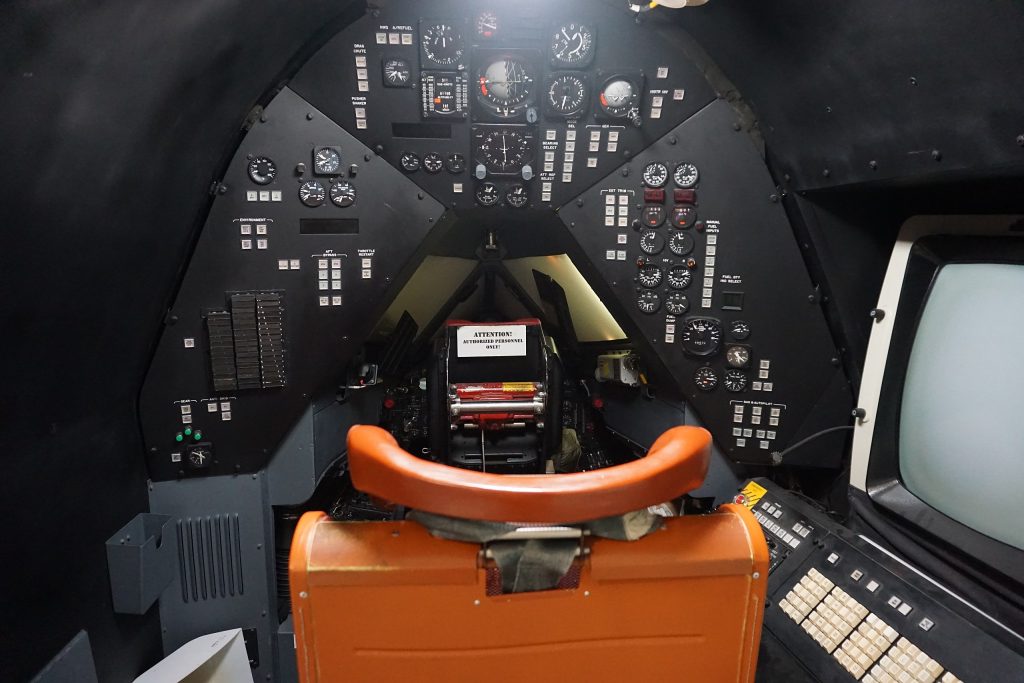
That means an extensive 300 hours of simulator time is needed to master ‘every single switch’ – where they are and what they do.
Don’t have the hang of it by then?
“You’re gonna go someplace else,” Glasser jokes ominously.
“There’s no choice. You can’t you cannot make a mistake in the back seat.”
DISCOVER SBX CARS: The global premium car auction platform powered by Supercar Blondie

All Supercar Blondie contributors undergo editorial review and fact-checking to ensure accuracy and authority in automotive journalism. After gaining her BA Hons in French and English at the University of Nottingham, Amelia embarked on a vocational diploma from the National Council for the Training of Journalists (NCTJ). This led to numerous opportunities, from interning at Vogue to being on the small team that launched Women’s Health magazine in the UK, which was named the PPA Consumer magazine of the year for three years running. As Health, Beauty and Fitness editor, Amelia personally received a Johnson & Johnson Award and was shortlisted for both PPA and BSME titles. Since then, Amelia has created content for numerous titles and brands, including the Telegraph, 111 Skin, Waitrose, Red magazine, Stylist, and Elle, as well as being Head of Content at Vitality and Editor in Chief at INLondon magazine. “My superpower is translating technical jargon about the mechanical workings of a supercar into a relatable story you’ll want to share with your friends after you’ve read it.” After joining the SB Media family as a senior journalist in September of 2023, Amelia’s role has evolved to see her heading up the SEO output of the editorial team. From researching the most ‘Google-able’ key terms to producing evergreen content - it’s been a time of hard work, growth, and success for the editorial team and the Supercar Blondie website. “I like to think of myself as a ‘method journalist’. In other words: I live and breathe whatever I am writing about. When writing about fitness, I trained as a personal trainer, and as a beauty editor, I completed an ‘expert’ in scent diploma with the Fragrance Foundation. “During my tenure at Supercar Blondie, however, I did something I never thought possible: I passed my driving test at the age of 36. One day I’d love to train as a mechanic to better understand what happens under the hood, too. “My sweet spot is providing readers with a ‘takeaway’ (read: something new they didn’t know before) after reading every one of my stories. While I don’t claim to be an expert in the automotive world, I know the experts and bodies in the field to rely on to provide our readers with an informative and thought-provoking story every time they visit the site.”
